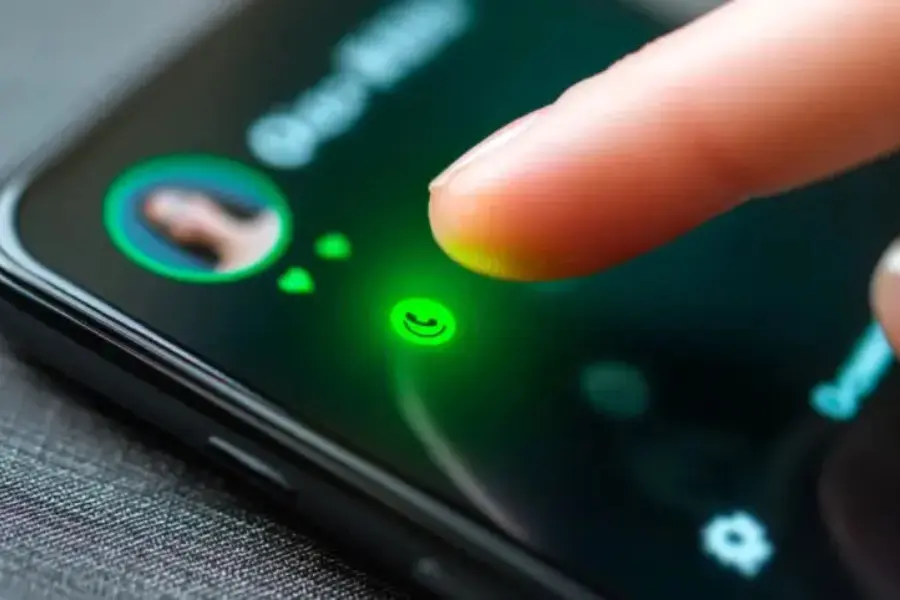In a fast-paced digital dating landscape, we no longer talk or text. Have you ever thought about what someone’s pauses, choices of words, and delays in response meant? Welcome to the fascinating world of digital body language in texting, a new communication medium where every response time, punctuation mark, and tone has underlying meaning.
By interpreting the details of digital body language, we can better understand intentions, build bonds, and avoid miscommunication!
The Quiet Tone in Texting
Texting can be taken literally, but really all writers know that it is not what you say, but how you say it. “Hey! How are you?” is so much more than “Hey”, but takes on a tone that is far different to “Hey”. Using complete sentences vs. one word/short decimal reply usually means effort.
Like texting and digital body language, your tone is driven by a selection of words, and the length and punctuation of your message. “Can’t wait to meet tomorrow” reflects an exciting positive tone whereas “Yeah…. tomorrow works” is more of a neutral or far away intent. So, notice how characters can show the feelings behind the message and help understand the sender’s tone.
Pauses that Speak Louder than Words
Times between interactions can be more meaningful than the screen itself. A rapid response can indicate excitement, optimism or eagerness. A delayed response can lead your mind to ponder the social connection someone feels toward you. But not every pause is a rejection.
If you had a good first date and you then text that person later, an immediate reply gives you a sense of peace. An extensive, hours-long delay, makes your mind start racing: do they have a lot going on? Are they distracted? Or, do they just not care? In terms of digital body language, when we want to evaluate texting communication, it’s best to interpret texting communication in patterns rather than single events. Texting deficiency is commonly a sign of behavioral disorganization; but as we’ve learned with texting communication, if the social connection is in broad agreement, then response patterns back and forth usually represent mutual behavioral patterns; and when there is change in response patterns, it’s usually a sign there has been some change in felt emotion.
Deciphering Intentions Through Replies
The length and context of replies can provide insight into a person’s emotions. A reply such as “ok” or “fine” may seem uninterested while a lengthy thought out reply indicates involvement in the scope of the conversation. Also, remember that even punctuation counts while “Sure.” can have a less-than enthused tone, “Sure!” has a much more warm/whatever approach.
Read receipts are also important. If someone sees your message but replies hours later, it may show hesitation, careful thought, or possible disinterest. Decoding these signals through texting removes assumptions and gives a clearer understanding of emotional cues.
The authority of digital conversation
Texting is much more than words; it is an emotional conversation with no body language to help describe feelings. You can pick up many signals by observing silence, tone, and response time. These cues help you understand a person’s true intentions better. Today’s dating scene mostly involves relationships starting and growing online. It requires an understanding of digital nuances. Sometimes, silence reveals the most information, excitement, and intention to begin even without saying a word.
Last Thought:
Texting is definitely not only what a person writes, but also how they write it. Becoming aware of the nonverbal cues in digital communication helps you recognize them better. It also improves your relationships and makes them last longer.
Just clarity one message at a time.



